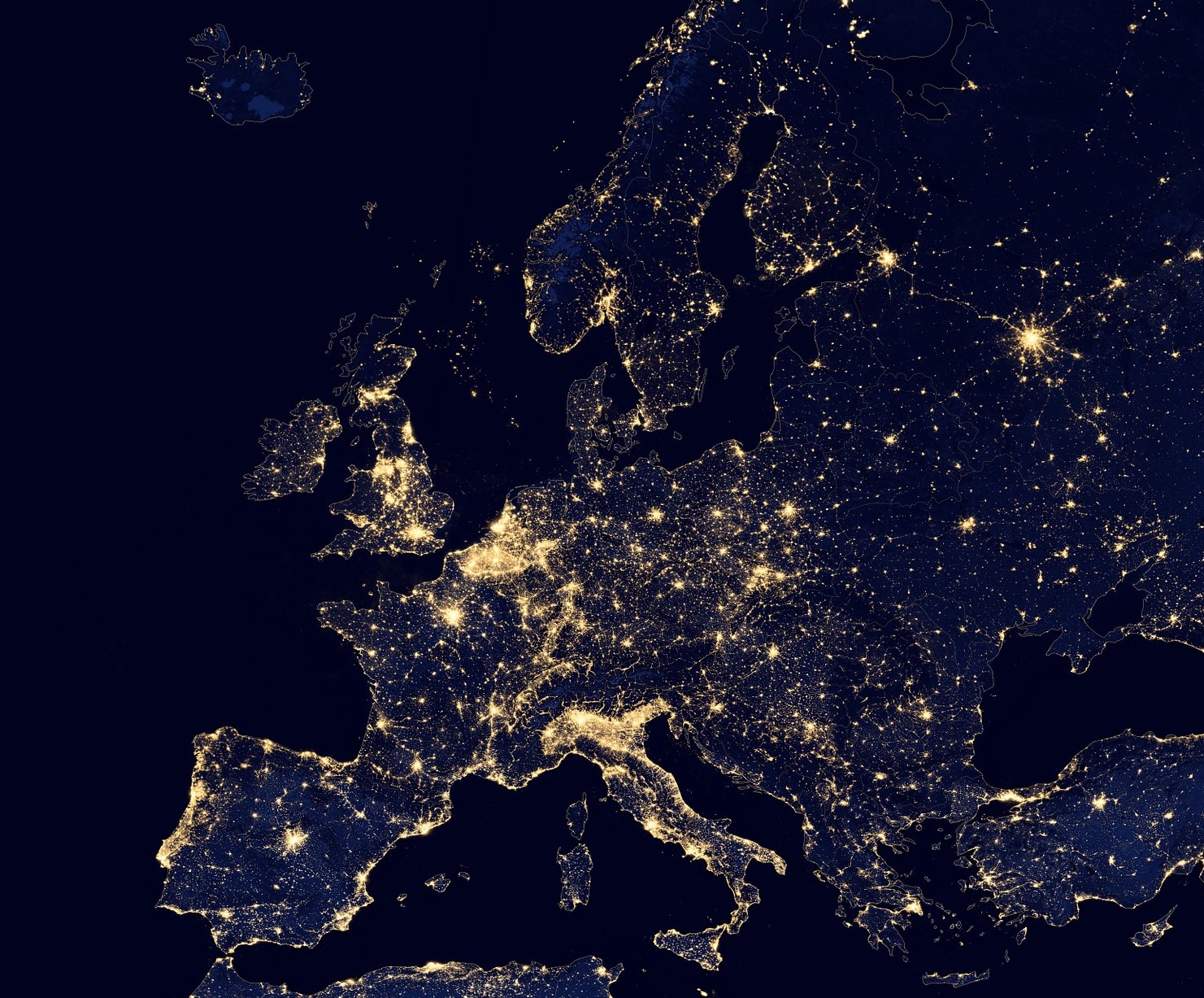ETFs celebrated 20 years since landing on European shores on 11 April 2000 last week, an important milestone for the investment vehicle that shows no sign of slowing.
As part of the build-up to the milestone, ETF Stream asked five heads of ETF issuers what the biggest changes they have seen over the past two decades and where they see the European ETF industry heading.
Now, it is the turn of the firms which make the ecosystem tick. From market makers to service providers, we asked three industry experts their views on the development of ETFs and the big factors shaping the ecosystem going forward.
Ciaran Fitzpatrick, head of ETF servicing, Europe, at State Street
ETFs in Europe have enjoyed a meteoric rise since their inception only two decades ago. The European products have grown from $140bn in 2008 to over $1tn by the end of 2019 highlighting the move from traditional mutual funds to ETFs.
The product has gone from a one-dimensional product used purely to seek a return on a passive index, to a multi-dimensional product used by investors as a key building block in their portfolios.
ETFs have proven to be a successful and sustainable product during times of market stress such as the financial crisis in 2008, the flash crash 2015, and the current market turbulence as a result of COVID-19.
ETFs in Europe hitting 20 years is a really important milestone and exciting times are ahead with new issuers and product types such as semi-transparent ETFs around the corner.
Simon McGhee, head of ETF business development, EMEA, at Bluefin Trading
Bond ETFs have become THE price discovery tool for investors. Trading more frequently than their underlying constituents, ETFs in 2020 enable investors to express their view and transfer risk in real time.
Rather than wait hours or even days to execute bonds, ETF pricing is available in seconds and traded levels are reported immediately, giving investors full transparency at the end of the investment process.
In the future, automated execution (based on set parameters) will increasingly become the norm, rather than traders having to manually form execution strategies based on inaccurate valuations or stale index marks.
Adriano Pace, head of equities, Europe, at Tradeweb
Off-exchange trading in European ETFs is now predominantly conducted electronically, on platforms like ours.
Post-trade transparency under MiFID II introduced greater visibility and improved investor confidence in the depth of the European ETF market.
We are now seeing a more diverse range of investors trading ETFs on Tradeweb beyond our traditional asset manager base, such as hedge funds, central banks and retail aggregators.
Automation has been another catalyst for change, having transformed the trading process from the buy-side submitting an enquiry to the sell-side returning price quotes.
As a multi-asset trading venue, we are able to see first-hand the increasing convergence between fixed income ETFs and the underlying bond market, facilitated by the rise of automation and portfolio trading.
Sign up to ETF Stream’s weekly email here


